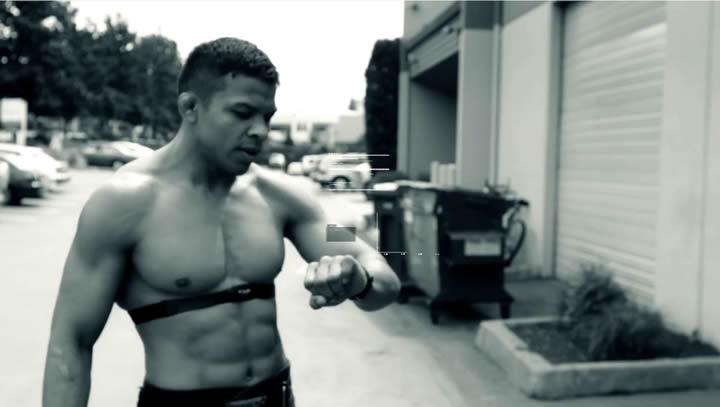
When I look back at the beginning of my career as a conditioning coach, I hate to admit it, but I was probably more successful than I really should have been. I was studying everything I could about energy systems and working with some of the best combat athletes in the sport, but the truth is, I still had a lot to learn.
You see, sometimes success spoils you. It makes you think you know more than you really do, that everything is easier than it really is.
It wasn’t until I started getting asked to train combat athletes from other gyms, many times from other parts of the world, that I started to realize maybe I didn’t have conditioning figured out after all.
When this happened, I’d often only get to work with a fighter for a week or two, sometimes even less. This was dramatically different from working with an athlete every day leading up to their fight while they did all their skill work with Matt Hume at AMC Pankration, like I was used to.
These new athletes would fly in, I’d do an evaluation and then put together a program for them to follow back home on their own.
After they left, I’d stay in touch with them regularly, of course, and they would send over progress reports to keep me informed about how things were going.
At first, I expected these new fighters to end up performing just as well as the fighters I was working with in person. I was utilizing the same basic principles of energy system development, so I naively thought that if their numbers improved, so would their conditioning.
The reality, however, was that it didn’t always work this way.
Sometimes I’d see their fitness markers (resting heart rate, VO2 max, anaerobic threshold, etc.) increase dramatically, but their performances wouldn’t match up.
They’d look fatigued as the fight progressed or gas out and fall flat even though their conditioning numbers made it look like they were in the best shape of their careers.
When you watch an athlete you’ve worked with perform poorly, it’s incredibly frustrating. You often feel like you let them down. I remember asking myself, “What the hell is going on here? The program I designed for them did its job, all their numbers improved (often dramatically) and were where they needed to be, but their conditioning just wasn’t there. What went wrong?”
That experience — and having to face those tough questions of failure — is largely responsible for the biggest shift of my career in how I approach training for performance.
The answers I arrived at while working on this problem have become the driving force behind everything I’m doing today to revolutionize how coaches and trainers approach “conditioning” as a whole…
Conditioning = fitness qualities + the skill sets that facilitate energy expenditure — where the pieces of performance all come together.
Quick heads up: if you’re not sure if you have time to read through this whole article now, make sure to take a second to download the sample conditioning template to try for yourself.
Fitness vs. Conditioning (Or, why being really strong, fast, and fit isn’t enough)
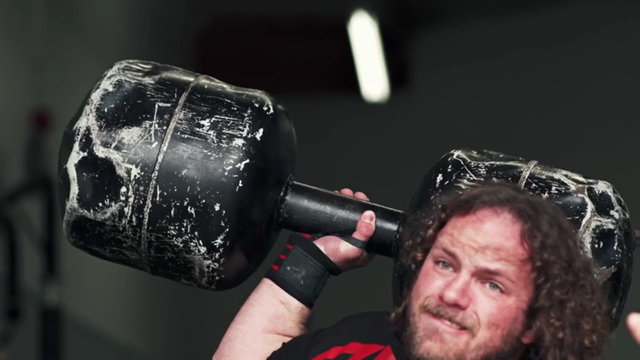
As a coach or athlete, we’ve all been here: we train hard, our fitness looks good in practice or during our training sessions, but when it comes to competition, things fall apart.
…The team who performs great in practice, then, through a drastic drop off in performance, goes out and blows the lead in the 4th quarter.
…The athlete who was training for five rounds, no problem, then goes out and gasses out in the first round in a real fight.
It’s something we can all relate to. We practice and train hard, we feel like we’re in good shape, but when we go out and perform, our fitness doesn’t translate into what we expect it to.
What’s really going on when this happens?
To understand this confusing and frustrating phenomenon, we have to start here: there’s a difference between “fitness” (being strong, fast, or even having good “markers” like VO2 max, resting heart rate, etc.) and “conditioning.”
Fitness is the potential for performance. It’s being able to lift a lot of weight, punch really hard, or run really fast.
All of these things are on the “energy output” side of performance. Qualities that are vitally important and part of any effective training program, but those things alone won’t necessarily translate into peak performance.
The other side of performance is where “conditioning” comes in.
Conditioning is more than just a number, or a set of numbers. Instead, conditioning is a skill set that we develop that gives us the ability to utilize and manage our energy effectively and thus put our fitness to work.
So the “performance equation” really looks like this:
Fitness (energy systems, strength, power) = energy production, the potential for performance.
In order to go out and perform at the highest level possible, we have to stop treating performance purely as a collection of fitness components and start looking at how we can develop conditioning.
The 3 most important skills for developing conditioning rather than just fitness
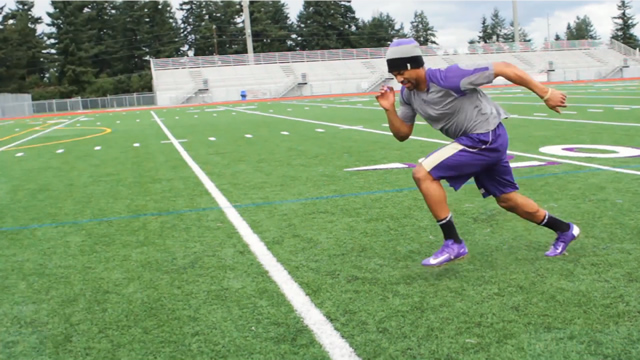
For many people, the idea of conditioning being a skill set instead of just a measure of if someone gets fatigued or not is new. So today, I’m going to outline the three most important skills you need to develop to help your athletes perform the best they can when it really matters.
Even if you’re not a coach or athlete yourself, these three skills are incredibly important to being able to actually use your fitness to cope with the daily stress of life.
Keep in mind that these aren’t the only skills that need to be developed to maximize conditioning, but based on my 15+ years of experience, these are the most important.
Remember: fitness (power, strength, speed, endurance) is the “energy production” side of performance. Those things are obviously important, but they really just create the potential for performance.
In order to actually translate all of that potential into performance, we have to focus on developing the skills of conditioning.
These three skills are your starting point to do that.
Conditioning Skill #1: Dynamic Energy Control (The ability to control your heart rate and output)
The goal of conditioning is to develop a fitness level high enough where you can go all out, 100% ALL THE TIME, right?
That’s what most people think, but that’s just not reality.
While the idea of being able to go 100% from start to finish sounds like a good idea, it’s just not possible for the human body to maintain maximum output for the entire duration of a competition or training session.
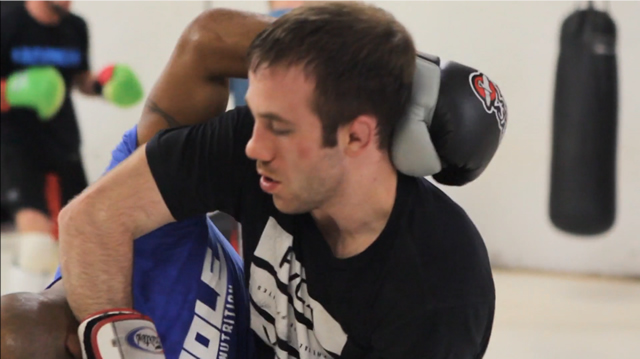
So the question becomes: how can we know when to go 100% vs. 60% or 70%? Just as importantly, do we even really know the difference between those levels of output?
How do we know when and how to control energy so that we can scale back and preserve energy at certain times so that we can go full throttle when it really matters?
The answer to those questions is what I call “dynamic energy control” – the ability to be fully aware of your output or expenditure and consciously control it to avoid fatigue and maximize performance.
People who don’t have this skill will go out there and gas themselves out and exceed their capacity for energy production, which will inevitably lead to rapid fatigue. This is something that happens far too often and it’s nothing more than a lack of awareness and control.
The reality is, you need to be able to recognize what your limits of energy expenditure and production are, and you need to have a strategy around recognizing when you’re about to exceed them. This is the only way you’ll ever be able to manage your energy effectively, the most important conditioning skill of all.
How do you do this?
I’ve put together a video with one of the greatest fighters of all time, Demetrious “Mighty Mouse” Johnson, to show you how it’s done.
When developing fitness qualities, you need to use heart rate monitors and you need to teach athletes how to increase and decrease their heart rate, and how to recognize the limits of their heart rate and exertion capacity.
If you keep pushing past those limits, thinking that “working harder” is always the answer, then fatigue will set in more rapidly — making it likely you’ll gas out when you need to be at your best — in the 4th quarter, in the final round, etc.
But if you can begin to recognize the warning signs of fatigue and develop an awareness of what different levels of exertion look and feel like, you can learn how to manage and manipulate it.
Even during competition, when you can’t access a heart rate monitor, you can still recognize the warning signs of fatigue. If you’re aware of how the intensities that lead to overexertion look and feel, you can apply strategies to manage energy expenditure and cope to maintain peak performance.
What this really comes down to is a mindset shift. You must choose to learn how to control and manage energy expenditure rather than just think the goal of training is to make someone fatigued over and over again.
Bottom line: dynamic energy control, being aware of energy expenditure and knowing how to adjust to conserve energy for when you really need it and maintain performance throughout competition, is what separates amateur and elite athletes — and it’s often the difference between winning and losing.
To see how to incorporate this type of work into your conditioning workouts, make sure to download my free conditioning template below.
Conditioning Skill #2: Recovery and Respiration (Breathe better, recover faster, perform better)
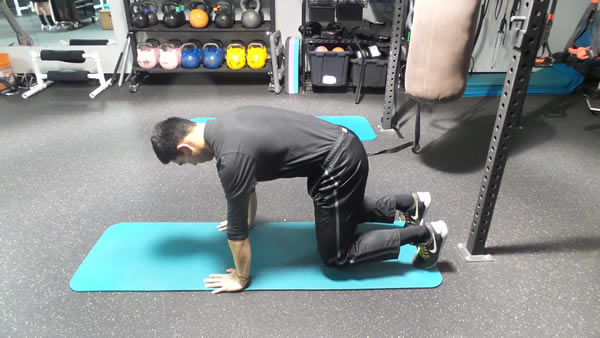
Most coaches and trainers focus their efforts on what their athletes are doing on the field, court, or track. And that’s obviously really important.
But equally important is what happens in the “margins” of competition — in football when you come off the field or hockey when you come off the ice or in-between quarters or halves — all of those things are just as important to conditioning as the actual work period.
In order to maintain your performance over the course of a game, tournament, or in-between rounds in a fight, teaching the skill of recovery is what’s going to allow you to go back out and keep performing at the level necessary to win.
If you don’t learn how to recover quickly and turn off that stress response you’re going to fatigue a whole hell of a lot faster.
When it comes to recovery, there are a lot of different things we could talk about, but what’s easiest to control in the middle of competition is respiration.
If you can learn how to breathe more efficiently, you can get your heart rate back down into a “recovery” state during rest periods of competition so that you’re ready go back out and give 100% when the time comes.
For optimal performance, it’s not enough to teach people how to expend energy at a high level.
We also have to teach them how to breathe efficiently so they can manage energy expenditure during work periods and recover as fast as possible during transition or “rest” periods of competition.
To see a video demonstration of exactly how to use specific exercises to improve respiration and accelerate recovery, check out the video below with Mike Robertson and Bill Hartman.
Conditioning Skill #3: Fatigued Motor Control (Why you must maintain technique and movement quality when fatigue sets in)
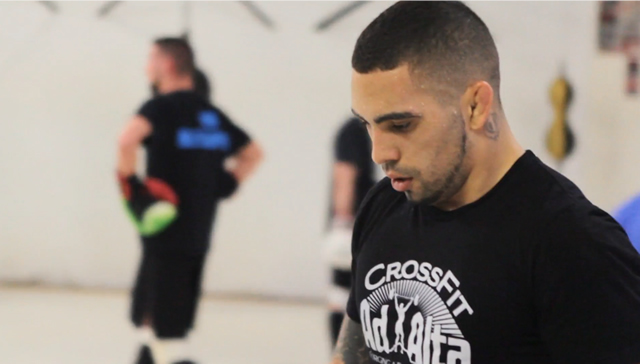
One of the biggest mistakes I see coaches and trainers making is allowing poor technique and movement quality under fatigue.
Even worse, a lot of people intentionally train their athletes to extreme fatigue because they think the best way to manage fatigue is by forcing them to suffer through it. This is often done in the name of building “mental toughness.”
The truth is that putting someone through grueling training sessions that cause them to be extremely fatigued… most often ends up reinforcing really bad movement quality and motor patterns.
What happens when our athletes go into competition, is that they end up carrying these same poor motor patterns and lapses in technique with them, which essentially expends more energy, causing them to fatigue even more quickly.
Allowing poor technique or movement quality — even when it’s “just” practice or training — is a sure way to limit the performance potential of your athletes and make their conditioning worse rather than better.
As I said, we do it in the name of “mental toughness” but all we’re really doing is paving the way for poor technique and performance when it counts the most.
Truth is, we can (and must) teach people how to move well even when they’re fatigued, just like we can teach them to move well when they’re not fatigued.
Fatigued motor control is the concept of a) being able to recognize how fatigue negatively affects movement, and b) learning how to cope with the negative effects of fatigue so that we can perform at the highest level possible.
Here’s a short video of how to incorporate this concept into your training:
When you get tired, the goal isn’t to swing for the fences or blindly go harder, the goal is to maintain quality of movement and technique to preserve energy at all cost, because this is what’s making our skill effective and preserving our limited supply of energy.
Poor technique/movement quality = more energy expenditure (which leads to decreased performance).
As a coach, it’s your responsibility to help athletes recognize where they start to break down when fatigue sets in.
We want to make sure they know what their bad tendencies are — how they’re allowing negative movement patterns and lapses in technique to affect performance — and then help them learn know how to cope with them.
They need to recognize that when they get tired, technique will begin to degrade. They must learn to “turn on” the voice in their head that says, “Hey, get back in position,” or trigger other specific cues for proper movement and technique.
As a coach, it’s your job to help your athletes understand that managing fatigue isn’t about “grinding through it.”
To effectively manage fatigue while maintaining optimal performance, you have to emphasize proper technique and movement when fatigue sets in. Coaching movement and reinforcing good motor patterns shouldn’t stop when someone gets fatigued.
You should always reinforce movement quality throughout training sessions, especially as athletes fatigue. Do that, and your athletes will be the ones finding that extra gear and excelling when everyone else succumbs to fatigue, poor movement quality, and sub-par performance.
Build conditioning skills with my conditioning template
So where does this leave us?
The three conditioning skills we talked about today — dynamic energy control, respiration for recovery, and fatigued motor control — are part of a bigger model of conditioning that looks at three big areas that determine performance: energy systems development, movement capacity, and mental performance.
Each one of these “pillars” of conditioning all integrate and work together to dictate whether someone is going to be able to utilize their fitness to the full potential, or if they’re going to go out there and gas out when they need to be at their best.
The standard approach of just focusing on “fitness qualities” (increasing strength, endurance, or just showing people how to push harder) isn’t enough by itself.
To start incorporating these three skills into your training, make sure to download my free conditioning template below.
If you’re a coach or trainer, your job isn’t just to develop someone’s “fitness.” (At least, not if you want to make the move from being a good coach to becoming a great one).
To build winning conditioning and perform at your best (or help others do the same), you have to develop conditioning.
This means that teach the skills, movement capacity, and mental side of performance are a crucial piece of driving the highest level of conditioning possible.
That’s why I created the BioForce Certified Conditioning Coach Course, where I teach elite fitness professionals how to write better conditioning programs — both for athletes AND general population clients.
Inside the course, I go into detail about how to develop the skills we talked about today, alongside everything you need to know to write and coach effective conditioning programs for anyone who walks through your door.
I’ve brought in top experts in movement and recovery, nutrition, and mental performance to teach the high-level skills no one else is covering so that you can become a better, more complete coach.
The course is opening up for only a few days each year. If you’re not already on the Insider’s List, make sure to sign up today and you’ll have the first opportunity to register and save $200 off the full course price.
To learn more about this complete self-study system — and to save $200 — join the special Insider’s List below.

Comments